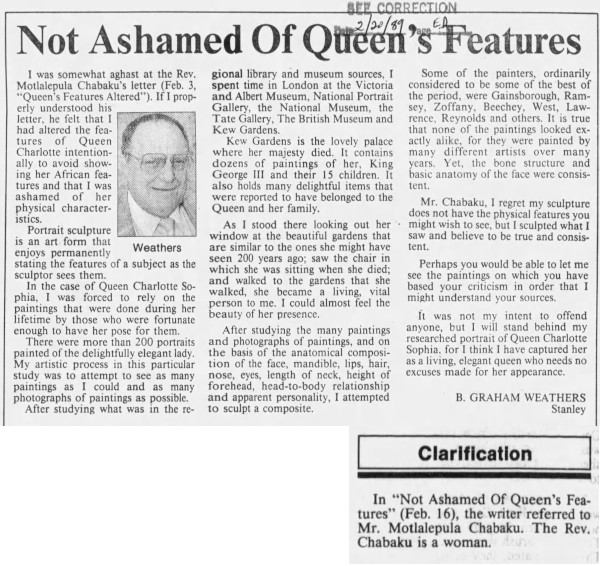
Invigorated by this integrationist epidemiology, civil rights activists demanded that in polio, as in American medicine at large, health care should be provided “regardless of race, color or creed.” 6 Black children were made part of the 1954 Salk vaccine trials and the subsequent national vaccination programs. With this change in philanthropy policy and the growing visibility of Black polio cases, the science of polio also shifted and the theory of polio’s racial susceptibility faded. Officials featured Black boys and girls as March of Dimes poster children and boasted that the foundation’s efforts were contributing to a breakdown in medical segregation. During the late 1940s, in response to civil rights activism and Cold War race politics, the foundation gradually began to use its funding to try to integrate training programs and health facilities. Funding from the National Foundation for Infantile Paralysis (popularly called the March of Dimes) at first supported separatist health facilities such as the Tuskegee Center to care for Black polio survivors and to train Black health professionals. Only after a decade of pressure from Black activists was the notion of polio as a White disease effectively challenged. “I firmly believe,” Black orthopedist John Watson Chenault asserted, that the statistics used to argue for a lower incidence of disease among Blacks “are due to the notoriously poor treatment facilities available for Negroes and as much as I hate to admit it, the failure of so many of our men to recognize the disease.” 5

Nonetheless, leaders of the Black medical profession argued that too many Black polio cases were missed as the result of medical racism and neglect: families had limited access to doctors and hospitals, and inadequately trained Black health professionals were unable to diagnose polio’s ambiguous early symptoms. And in the South, where the majority of Black Americans lived until after World War II, there were few outbreaks of polio at all. It was true that few Black polio victims were reported during the 1920s and 1930s, even with the growing number of epidemics in the Northeast and Midwest. Blacks, medical experts insisted, were not susceptible to this disease, and therefore research and treatment efforts that focused on Black patients were neither medically necessary nor fiscally justified. This policy, reflecting the ubiquitous norm of race-segregated health facilities, was sustained by a persuasive scientific argument about polio itself. Most conspicuously, the polio rehabilitation center in Warm Springs, Ga, which Roosevelt, himself a polio survivor, had founded, accepted only White patients.

During the 1930s the systematic neglect of Black polio victims had become publicly visible and politically embarrassing. In a special message read at the event by O’Connor, President Franklin Roosevelt extolled the Tuskegee Center as “a perfect setting for a hospital unit to care for infantile paralysis victims” based in “a hospital completely staffed and directed by competent Negro doctors.” 4 Neither Roosevelt nor O’Connor hinted at the political calculations that had led to the opening of the center. The center opened with much fanfare in January 1941, marked by a ceremony broadcast nationally on the radio. Montague Cobb would excoriate a few years later as the enduring “Negro medical ghetto.” 3 Implicit in O’Connor’s remarks, then, was an acknowledgment of what physician W. Orthopedic care at the Tuskegee Center, O’Connor boasted, would help “hundreds of children who might otherwise be doomed to a lifetime of crippling.” 2 Yet from the outset, the center, with only 36 beds and limited outpatient facilities, could help only a fraction of the patients who sought its care.
NATURE KNOWS NO COLOR LINE J. A. ROGERS PDF PROFESSIONAL
1 Designing the center as a site for both health care and professional training was intended to compensate for the many hospitals in Alabama and across the region that refused to treat Black patients or accept Black providers on their staff.


The Tuskegee Infantile Paralysis Center, O’Connor claimed, would “provide the most modern treatment for colored infantile paralysis victims” and would “train Negro doctors and surgeons for orthopedic work,” as well as orthopedic nurses and physical therapists. IN MAY 1939, BASIL O’CONNOR, director of the National Foundation for Infantile Paralysis, announced that the foundation would provide $161350, its largest single grant, to build and staff a polio center at the Tuskegee Institute.


 0 kommentar(er)
0 kommentar(er)
